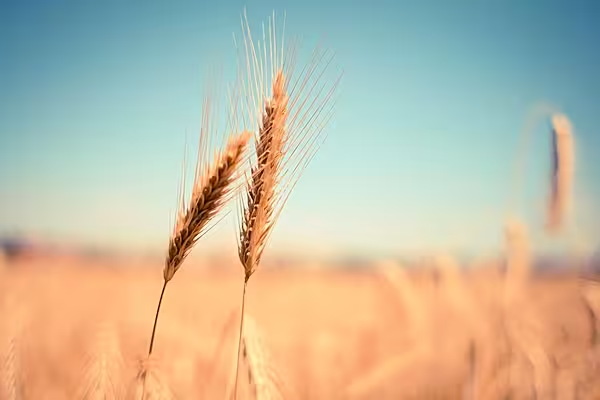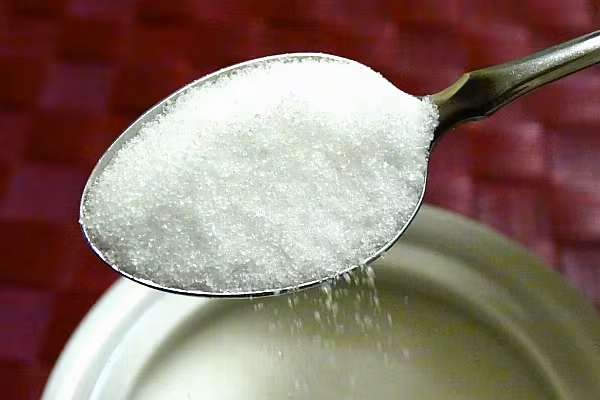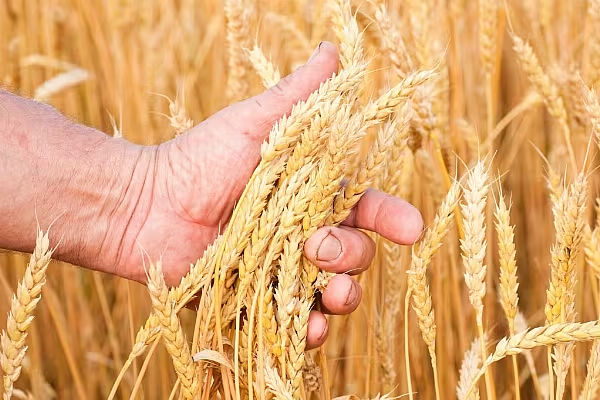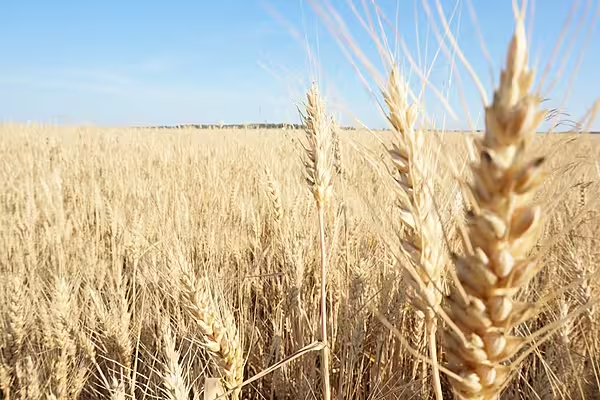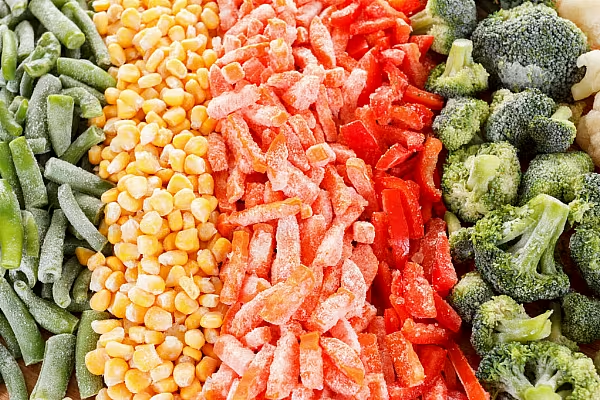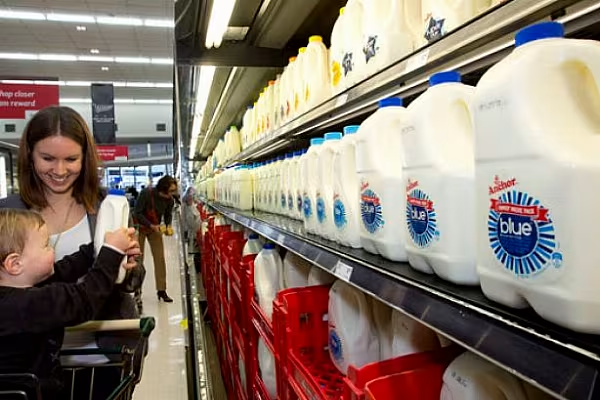The quality of some of the first wheat harvested by U.S. farmers in 2015 is the worst in at least 17 years, according to one measure, following heavy rainfall across parts of the Midwest.
A report on Friday by U.S. Wheat Associates, a trade group, tracked the so-called falling number, a gauge of sprout damage in crops. The data was the worst since 1998, backing up comments from grain handlers about the condition of the soft-red winter wheat crop, which accounts for about a fifth of total domestic wheat output.
“It was the worst crop we’ve ever had because of the rain,” said Kim Holsapple, grain manager for Total Grain Marketing in Effingham, Illinois, which operates about 30 elevators in the state. “The wheat we’re getting in now is just nothing but feed quality.”
Farmers will produce 393 million bushels of the soft-red winter variety this year, down 14 percent from 2014, according to government forecasts. While the most recent government estimate is for total U.S. wheat production to reach a three- year high, the state of the winter crop shows how quickly the outlook for crops can worsen because of adverse weather.
Over the past month, about three times the amount of normal precipitation fell in parts of the eastern U.S. and Mississippi River region, which grows the winter wheat, typically used in cookies and crackers.
That’s prolonged harvests and increased sprout and mold damage as plants sat in wet fields, according to Scott Barnhisel, vice president of the grain division for Mid-Wood Inc., an Ohio cooperative. He says this soft-red winter crop is the worst he’s seen in his more than three decades in the grain business.
Farmers are getting discounts of as much as $3 per bushel for wheat with quality problems such as high levels of vomitoxin, a fungus that can develop in wet weather. Much of the grain will be used for feed, instead of being milled into flour, Barnhisel said.
Bloomberg News, edited by ESM

